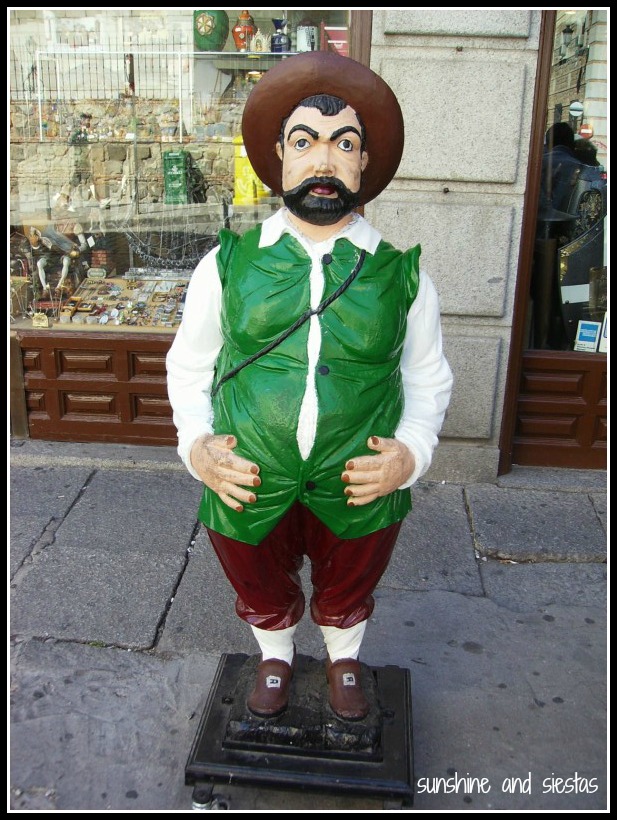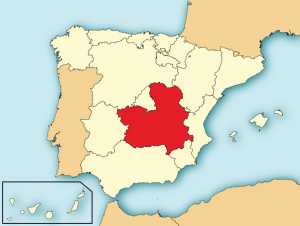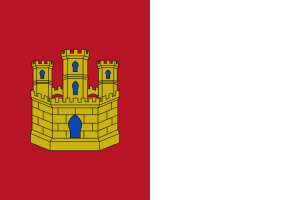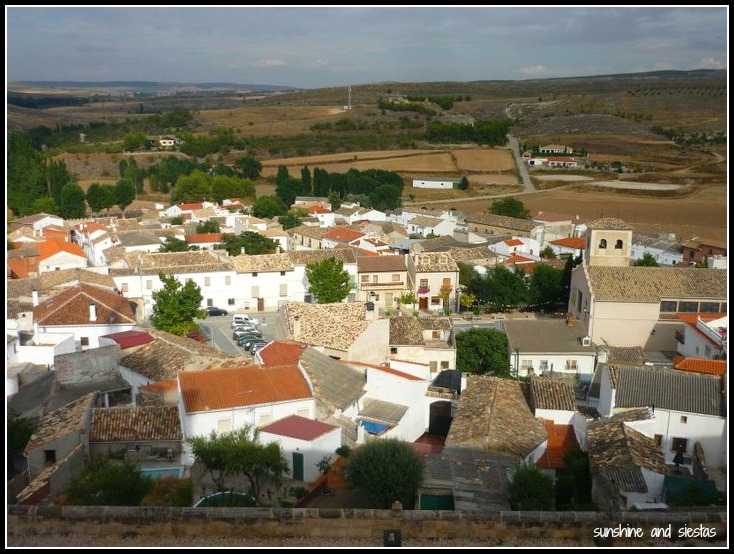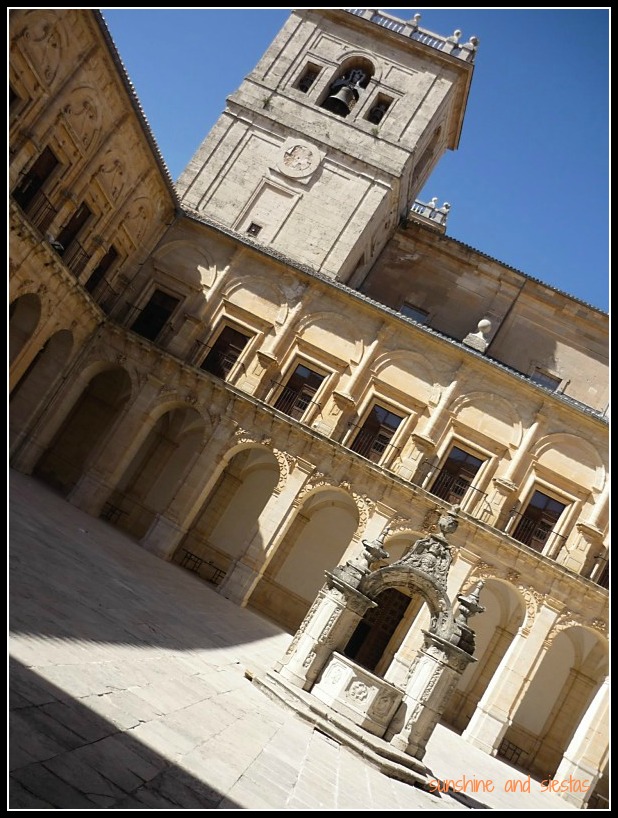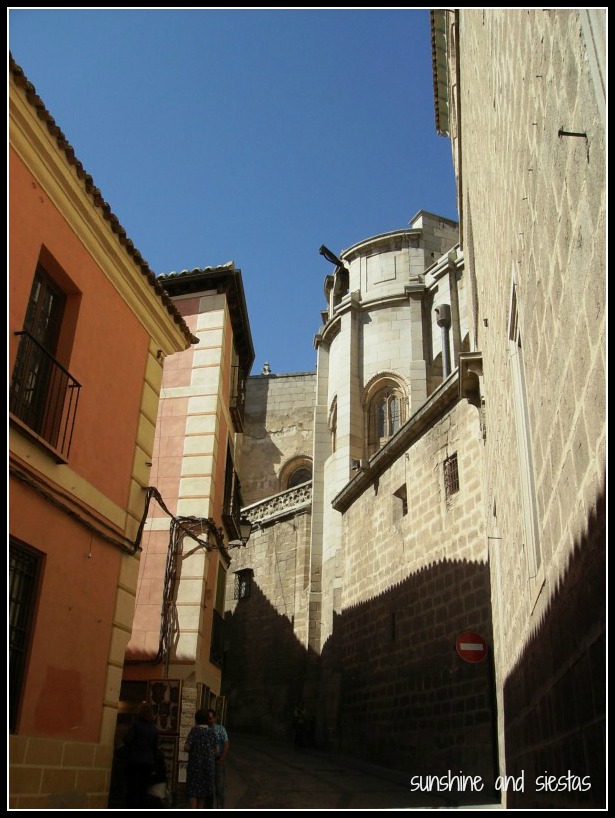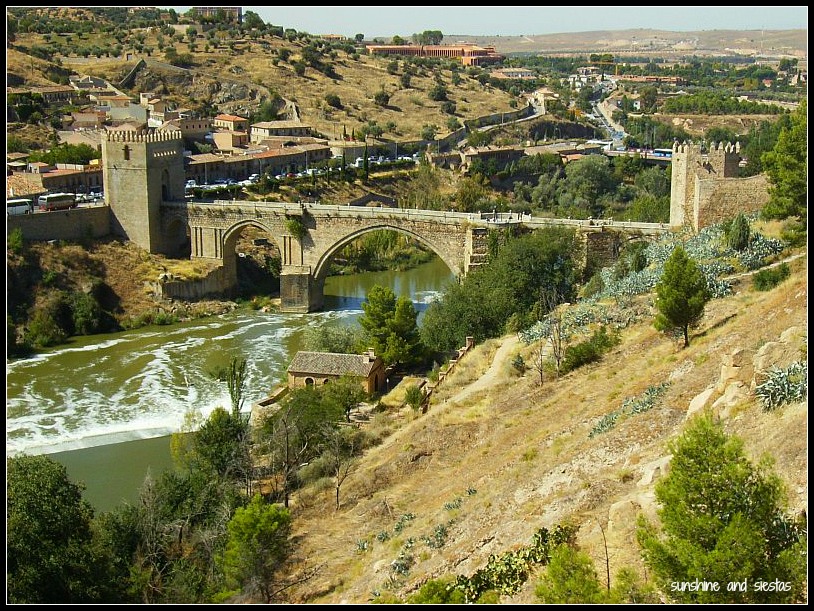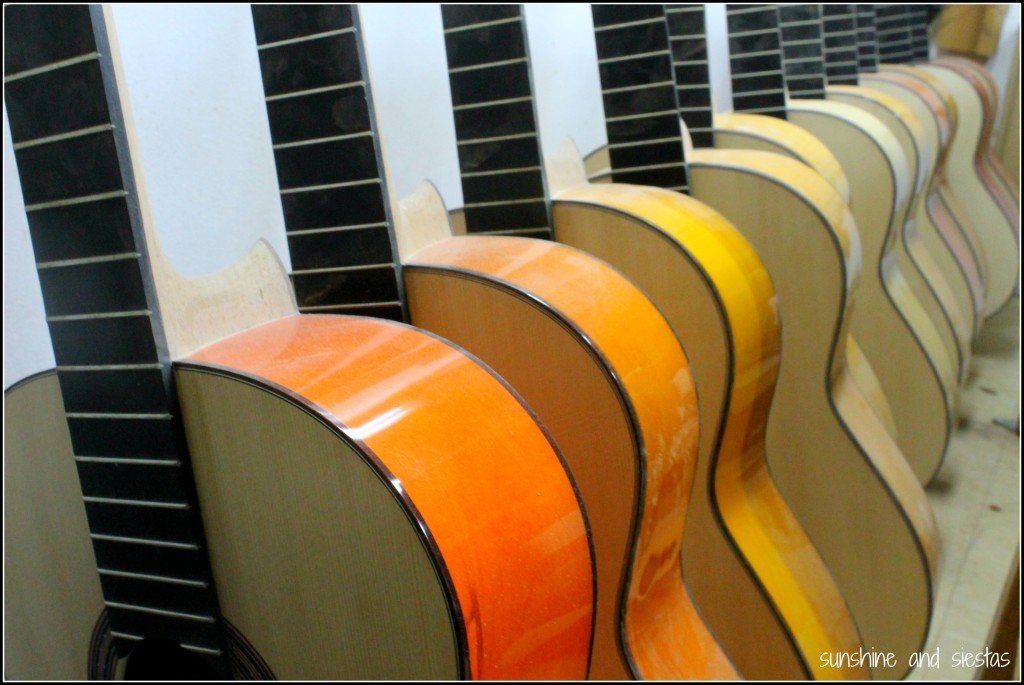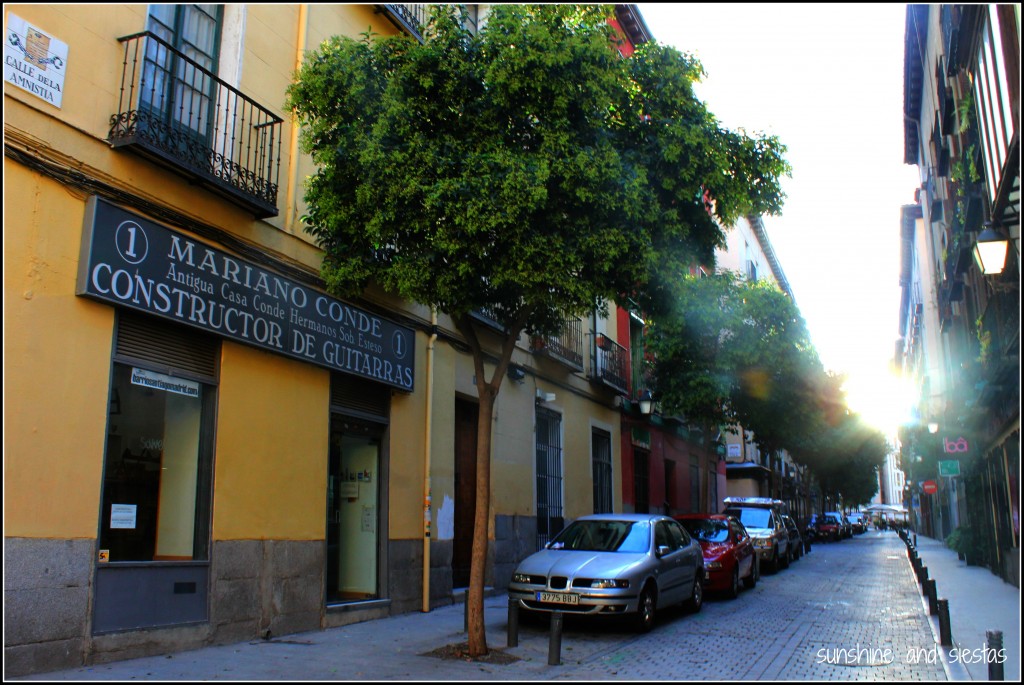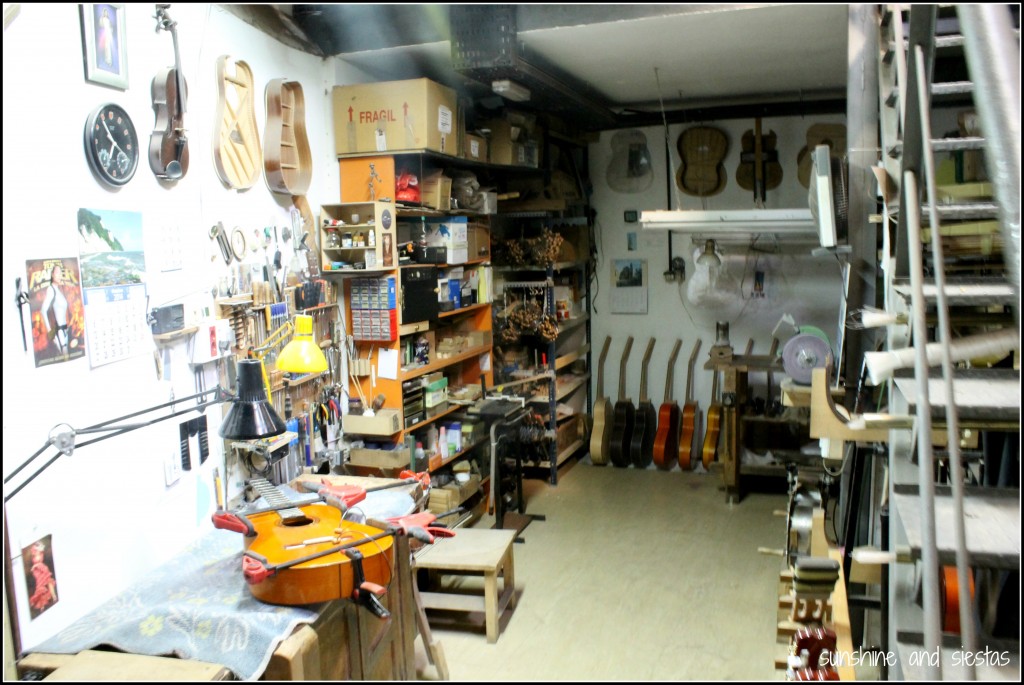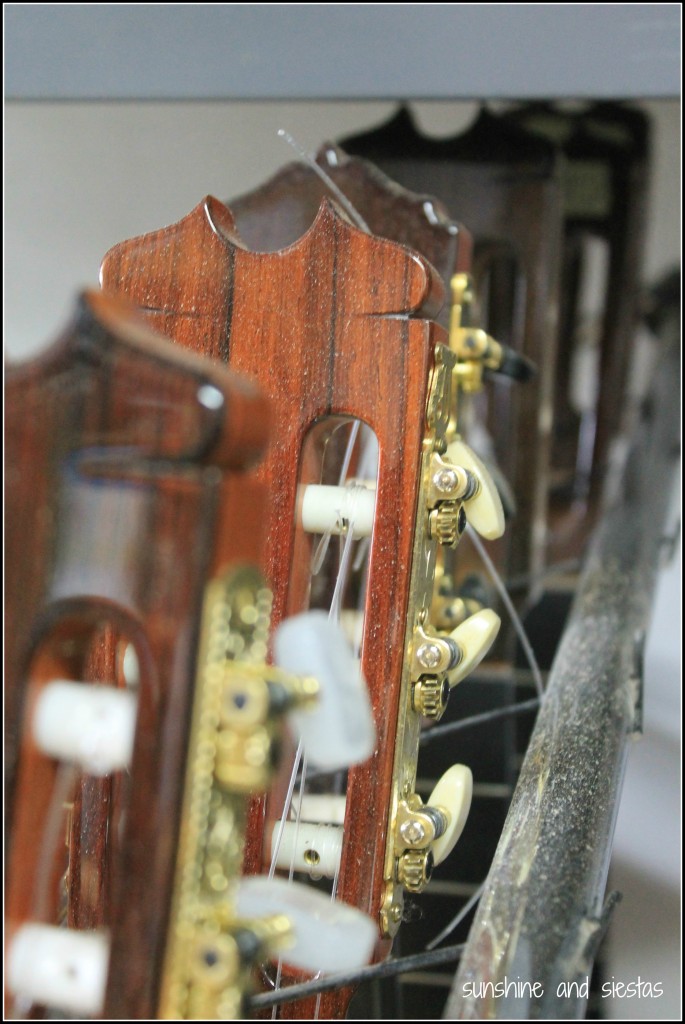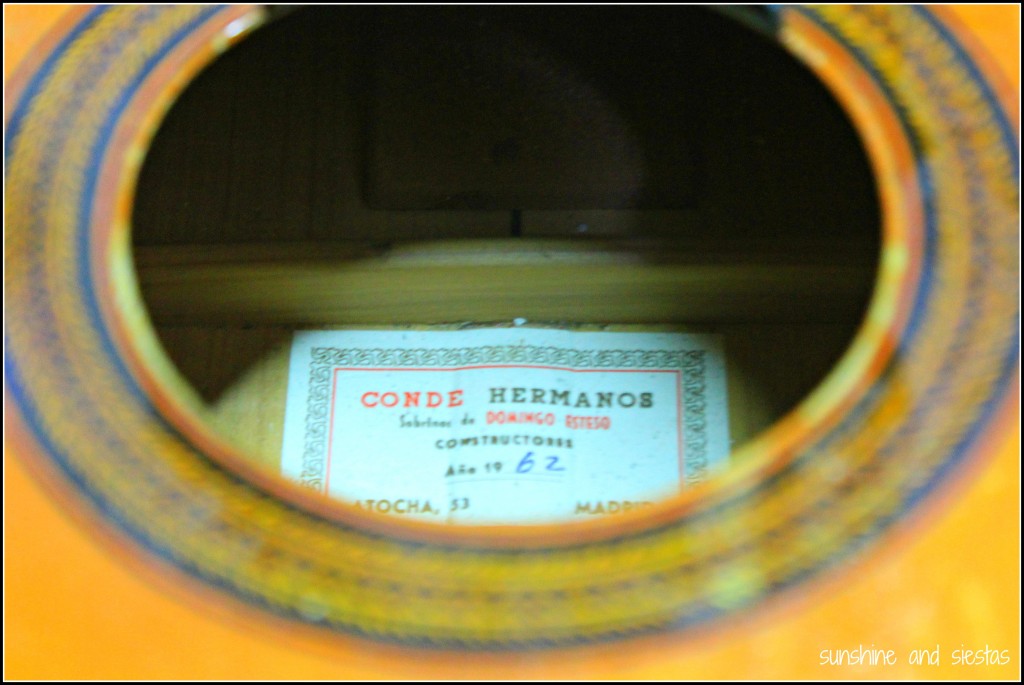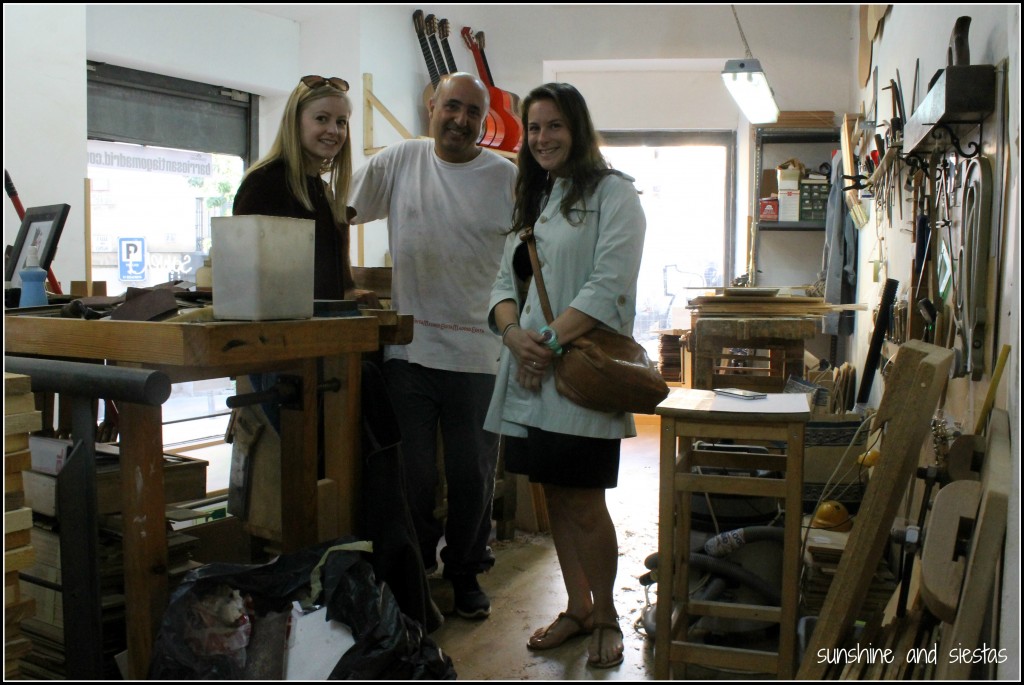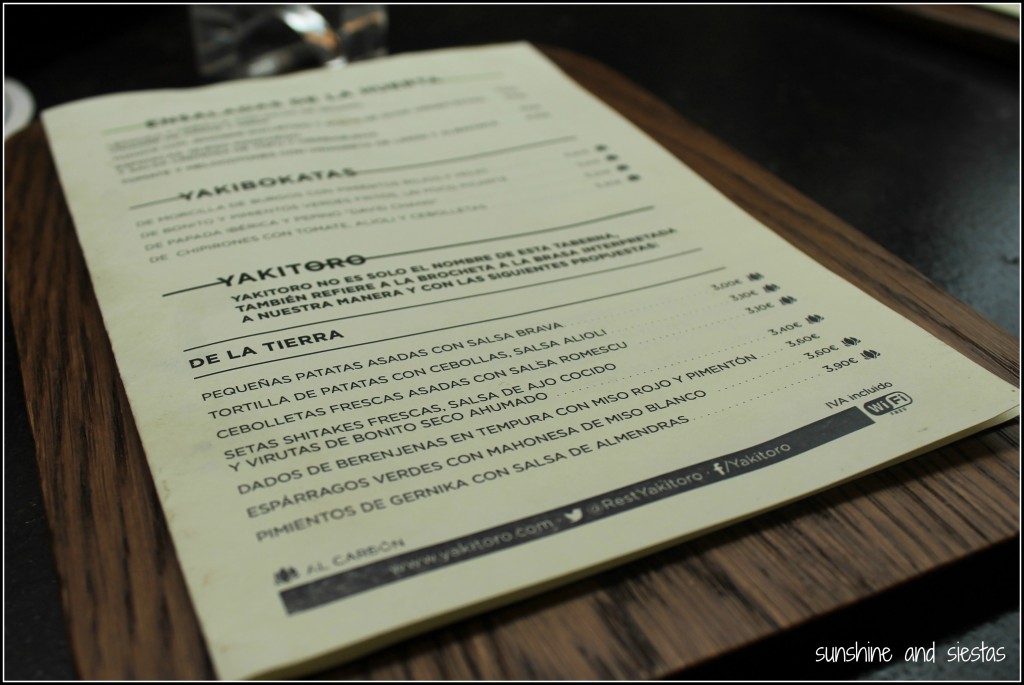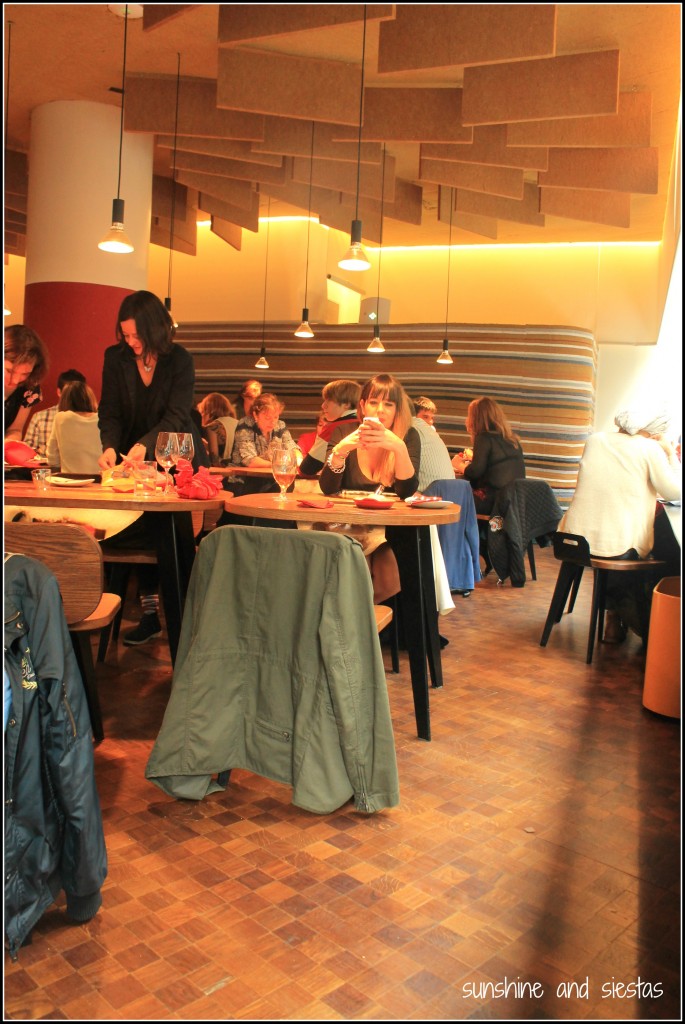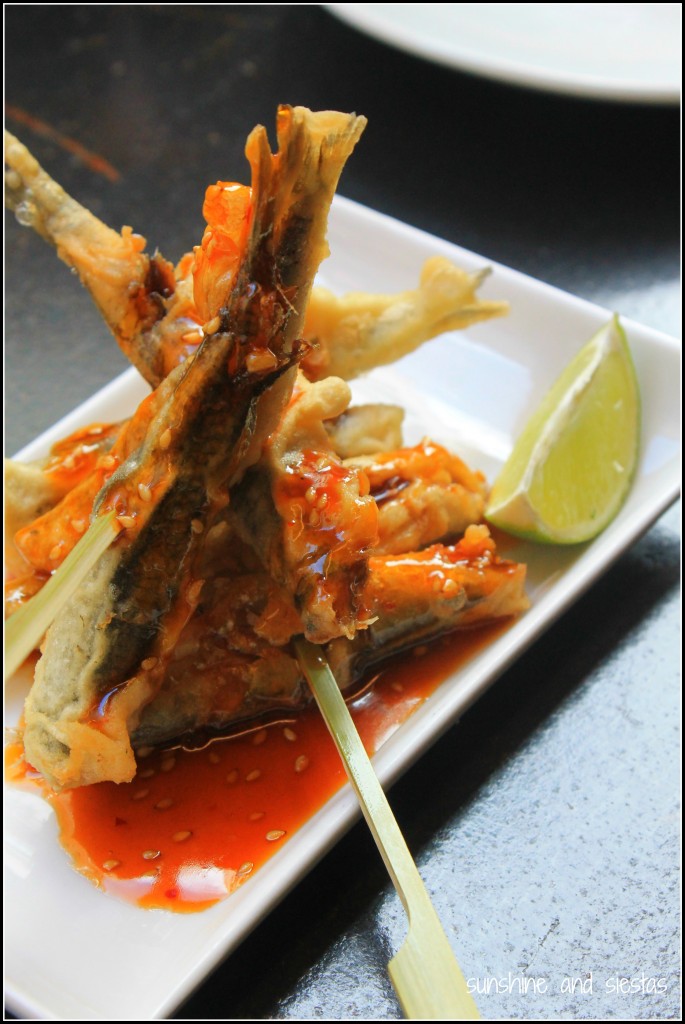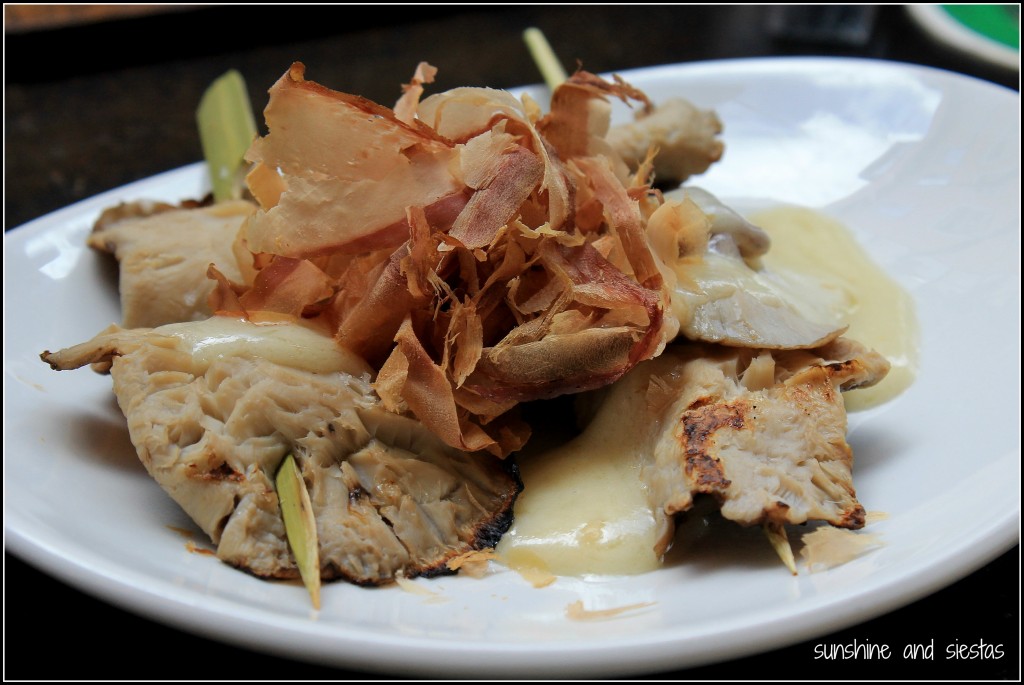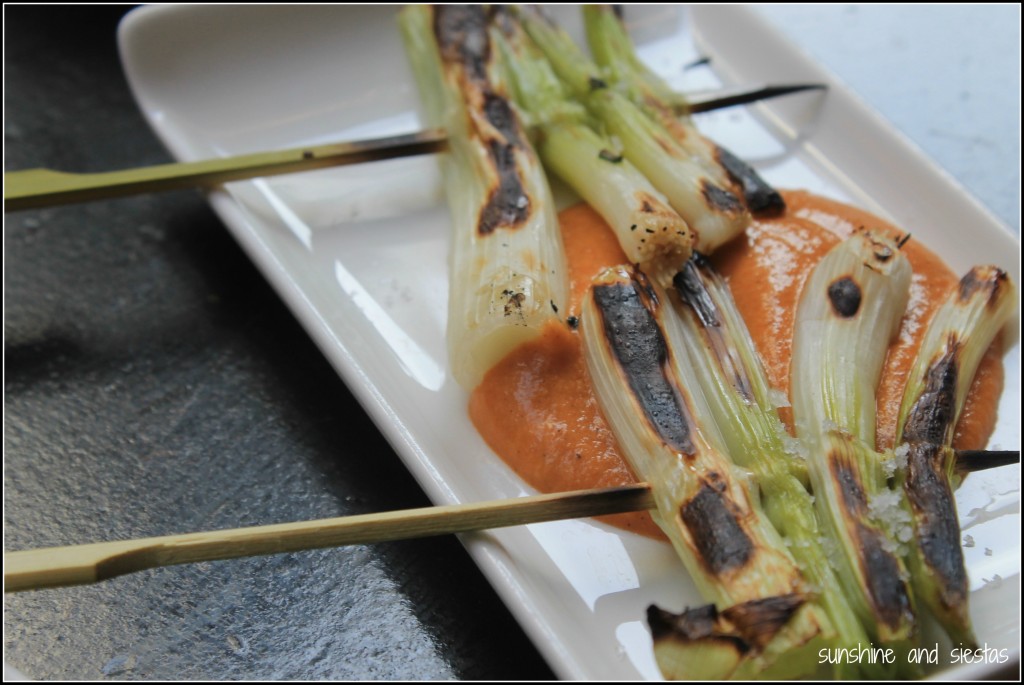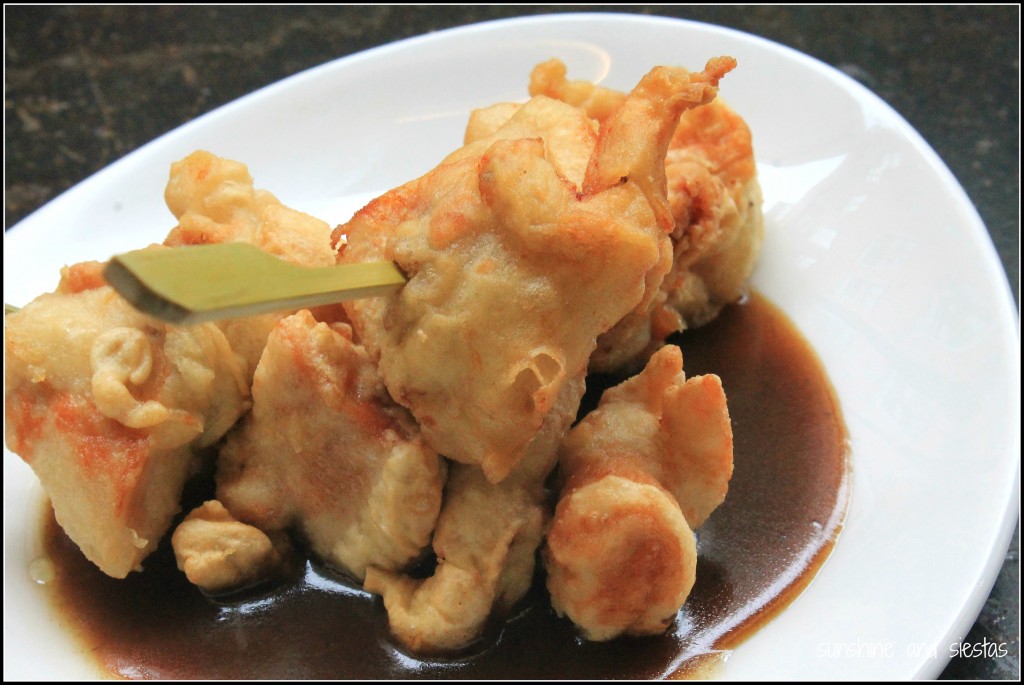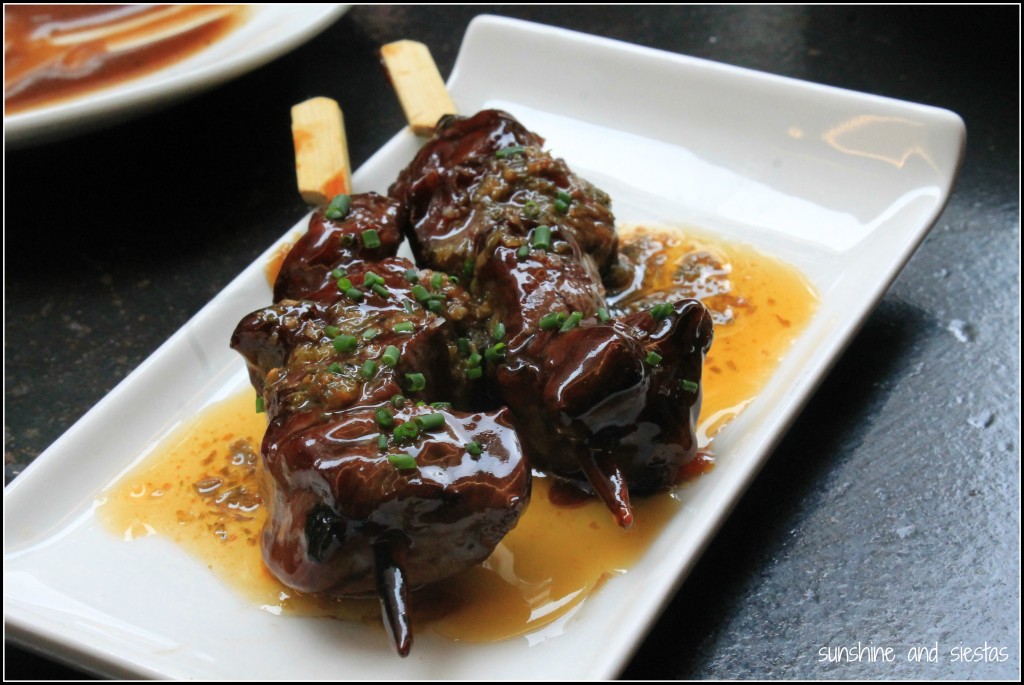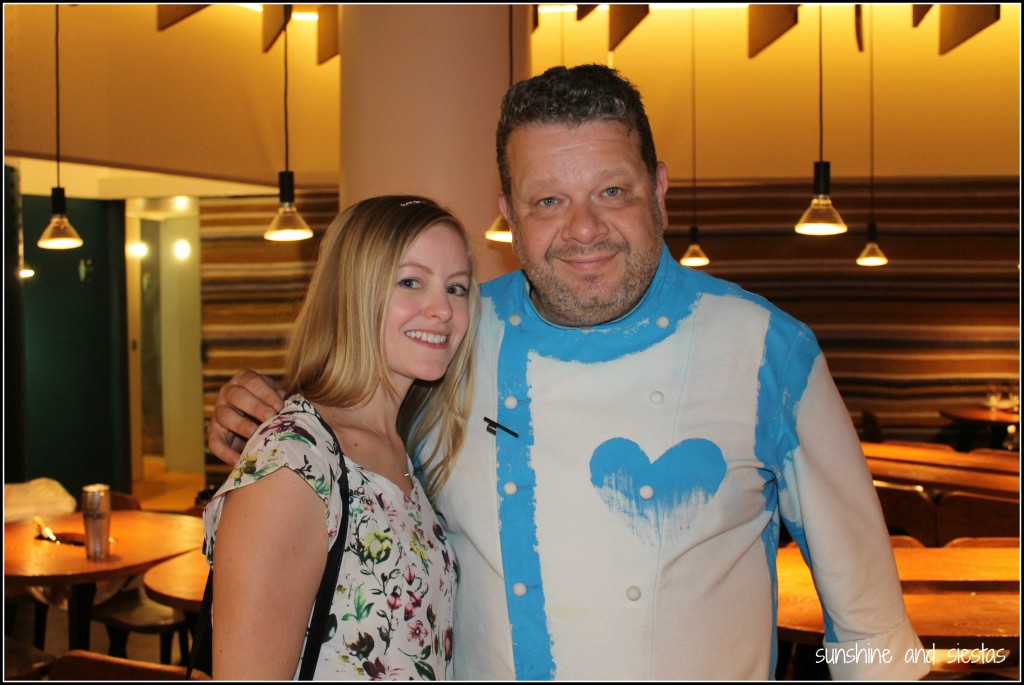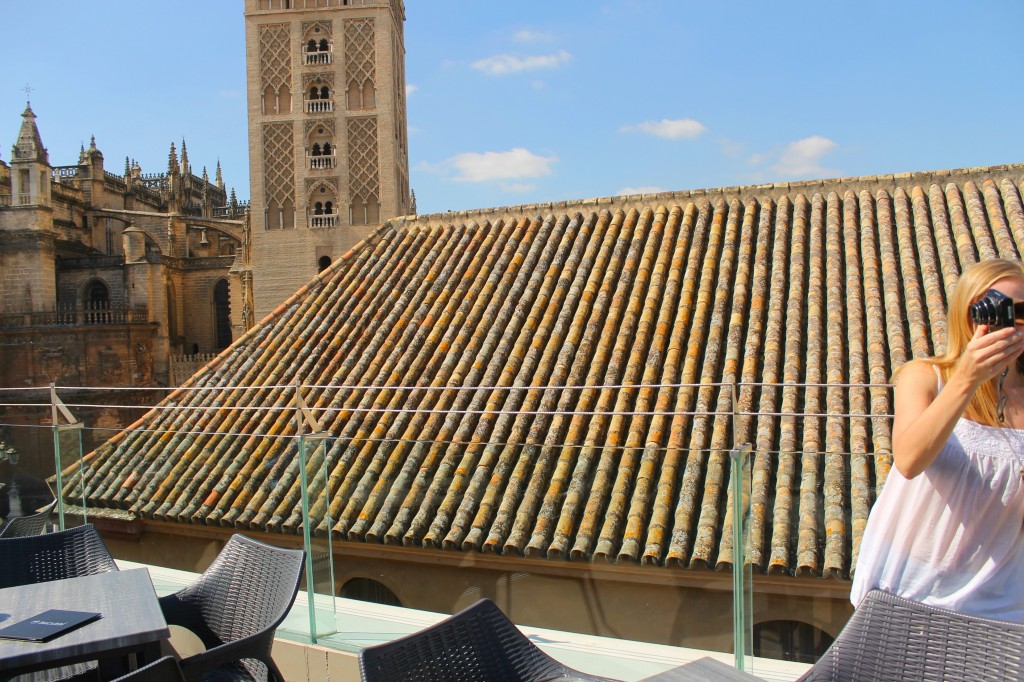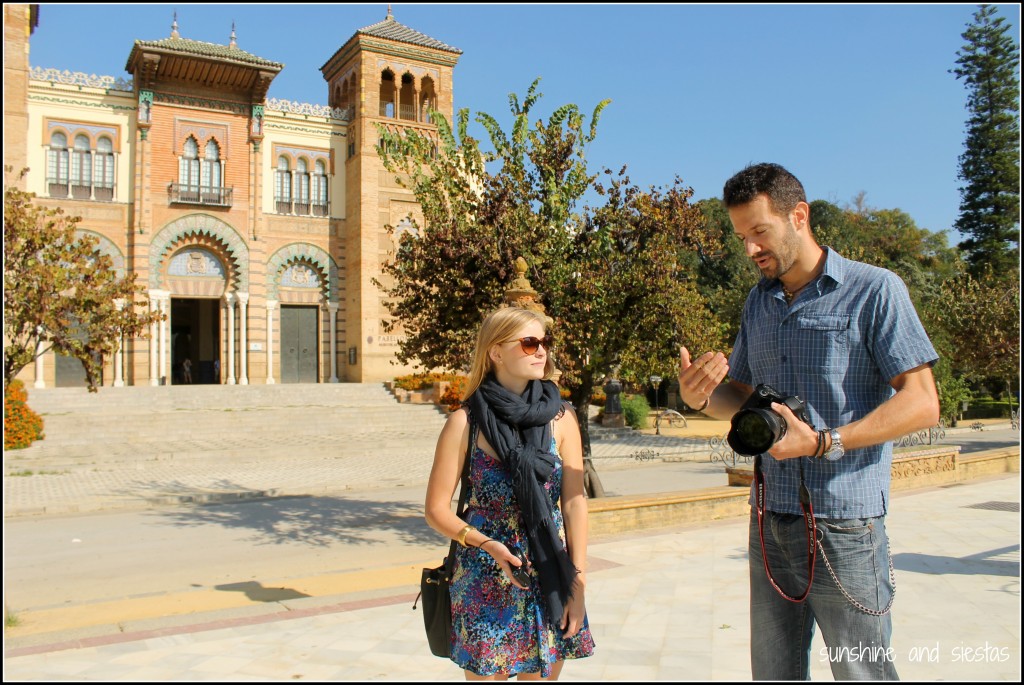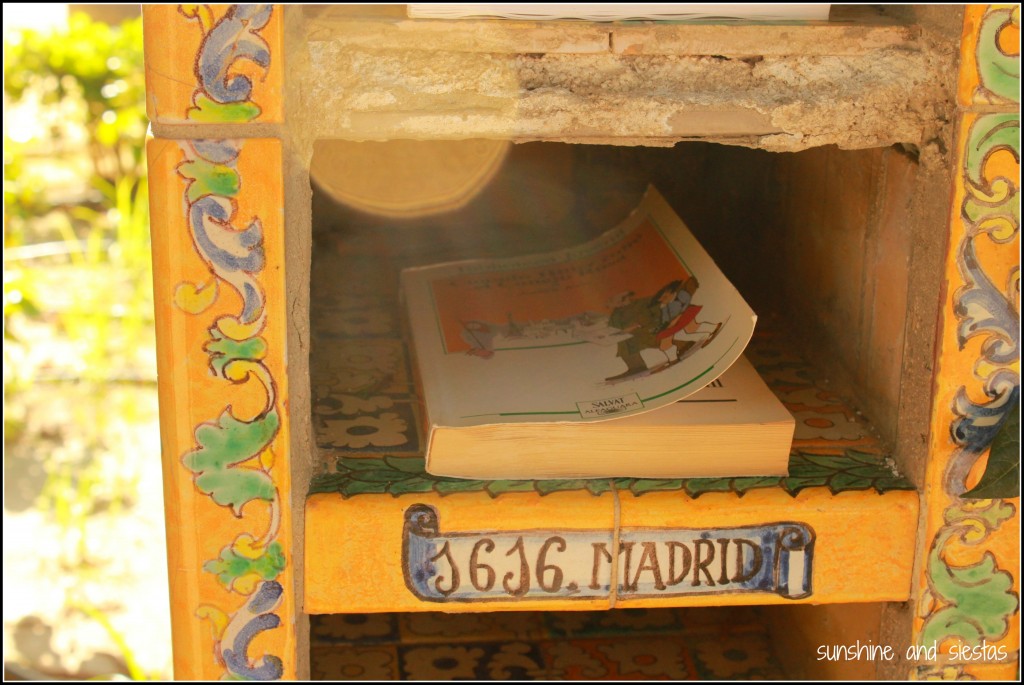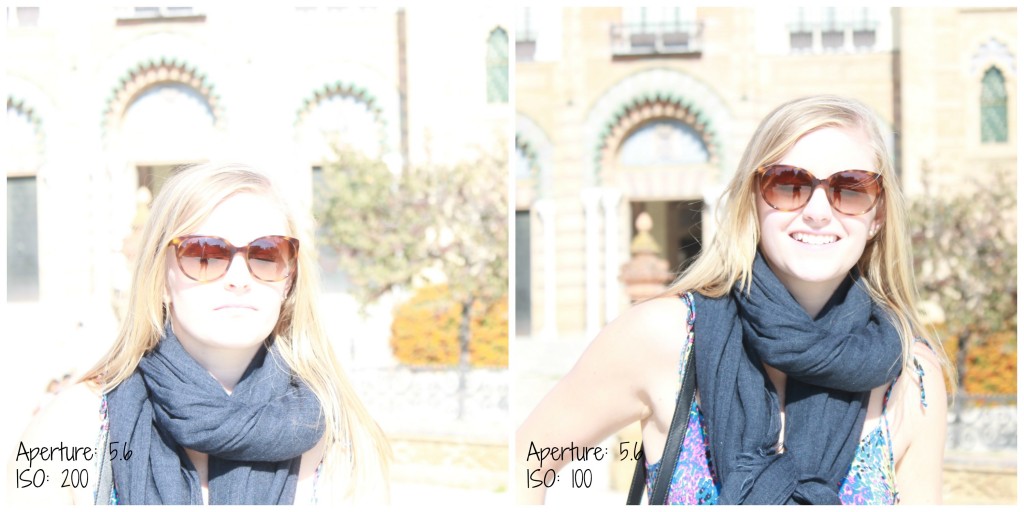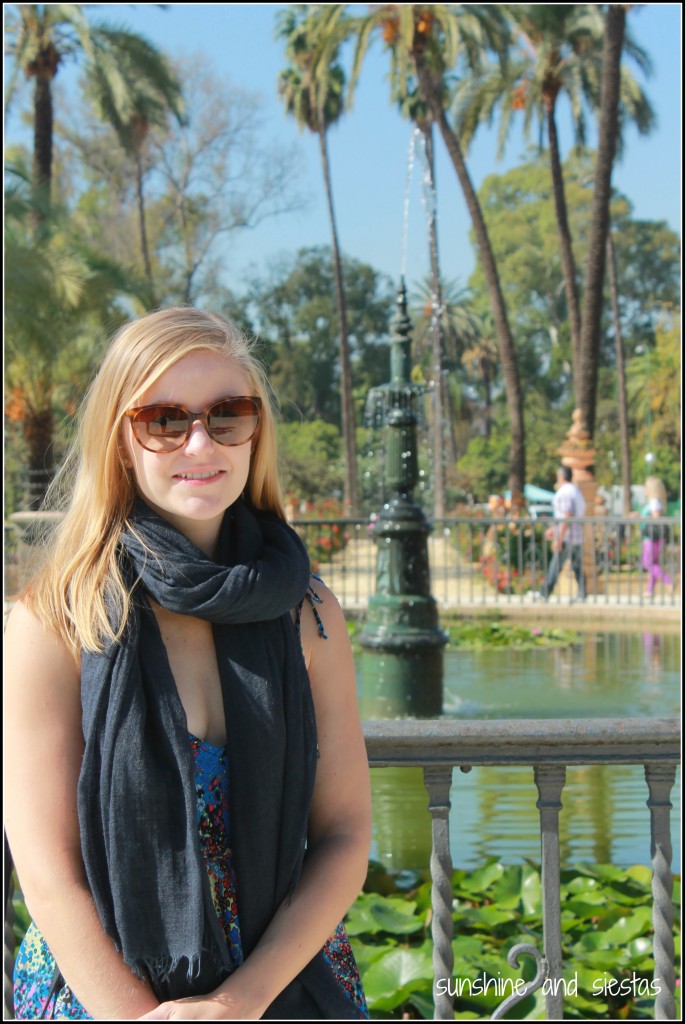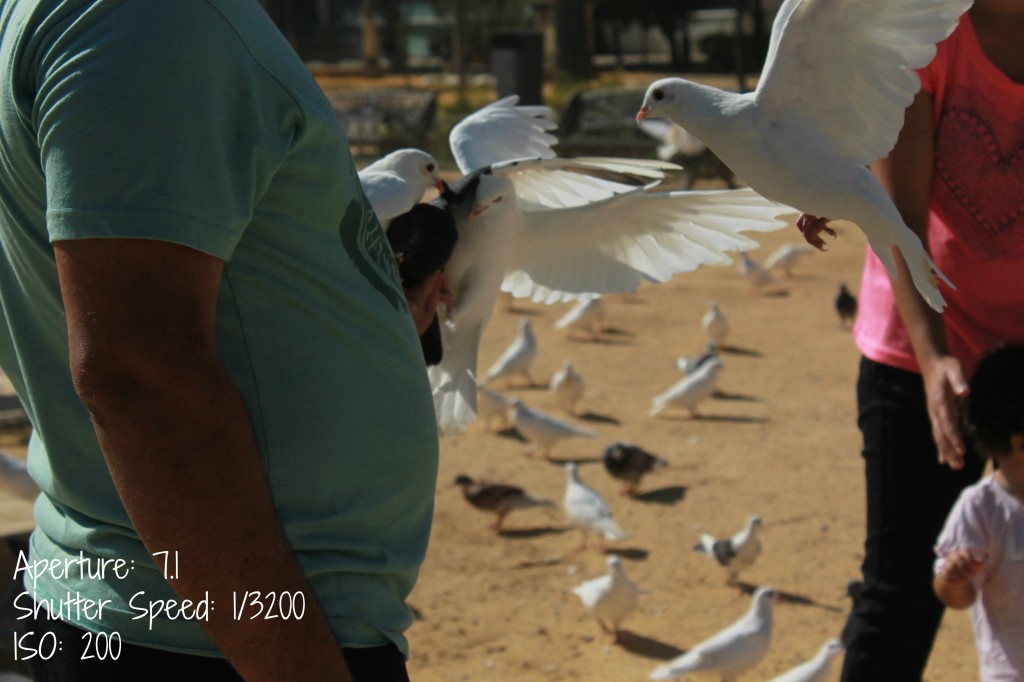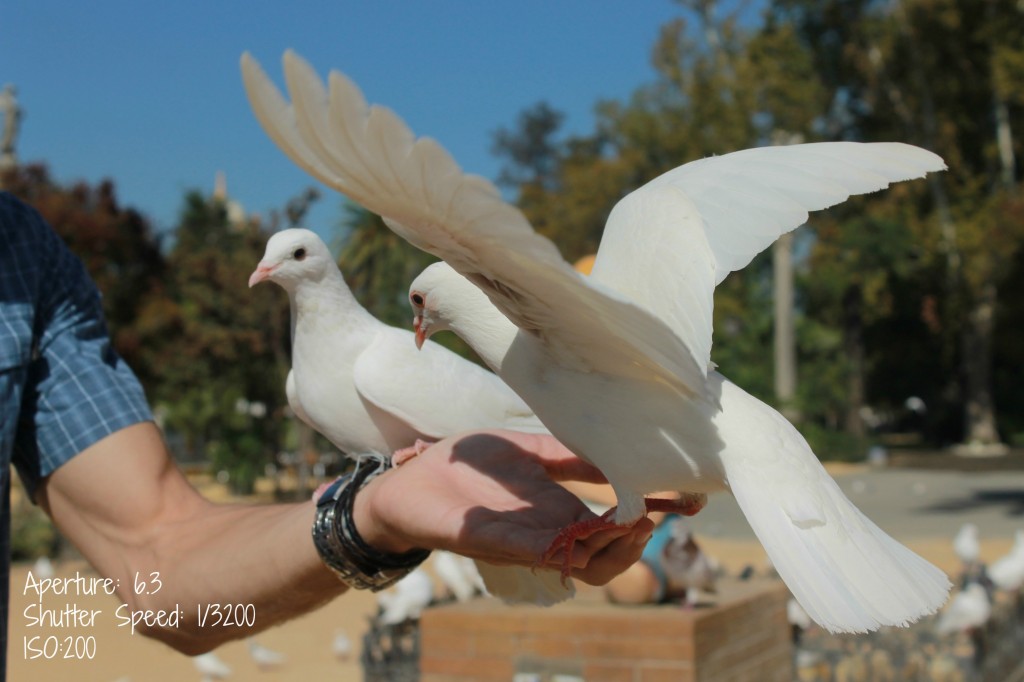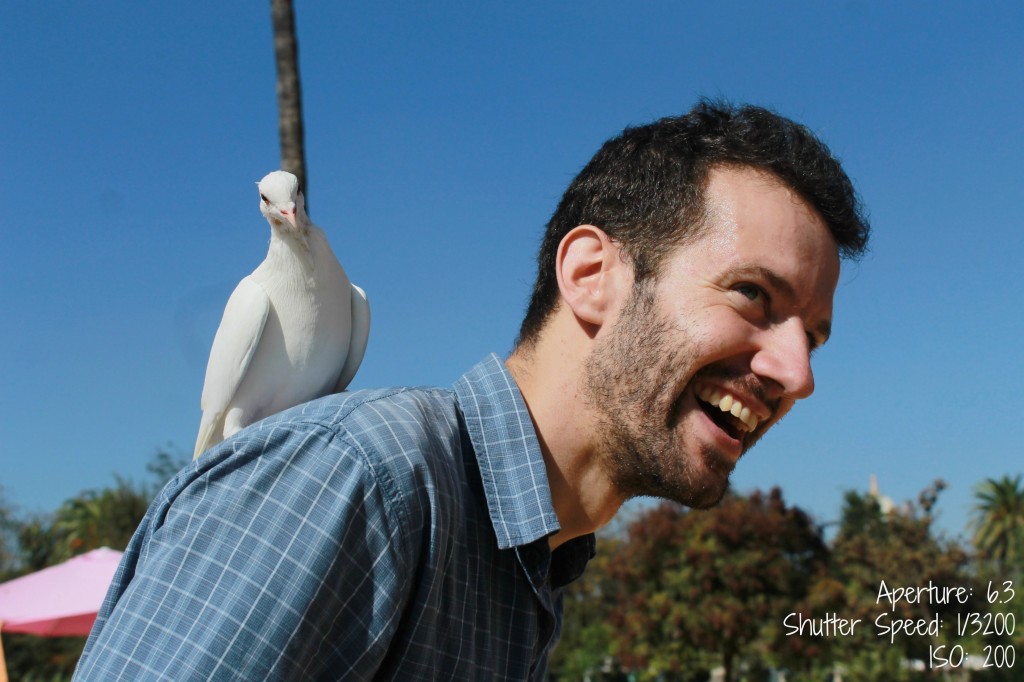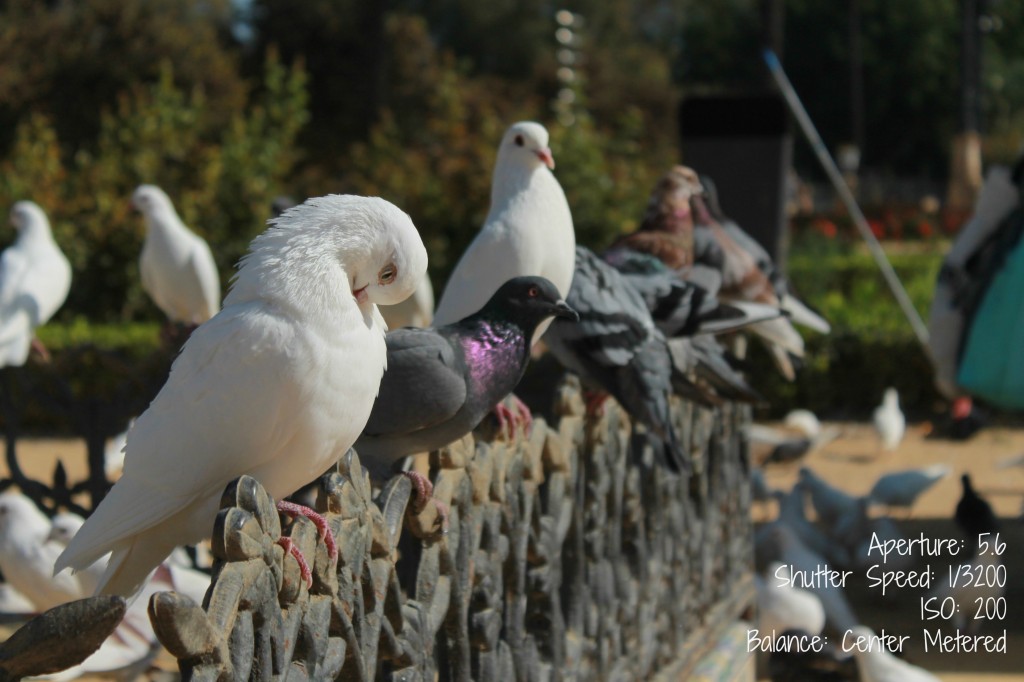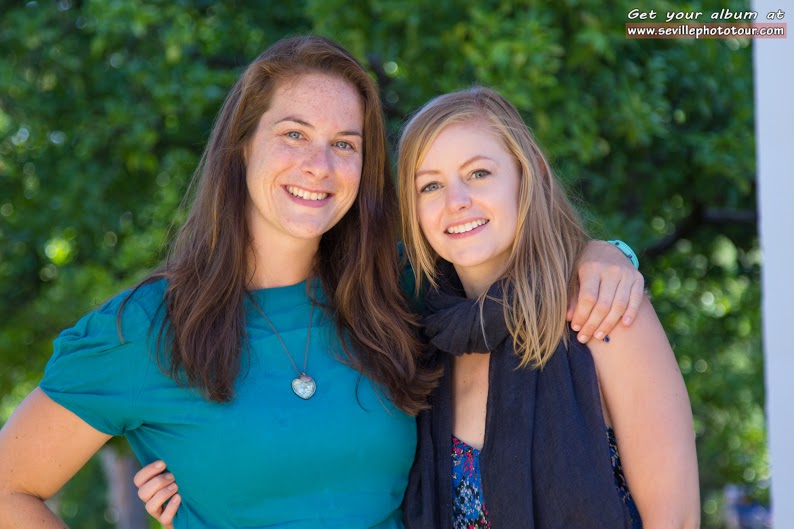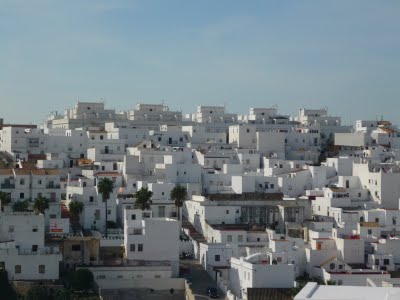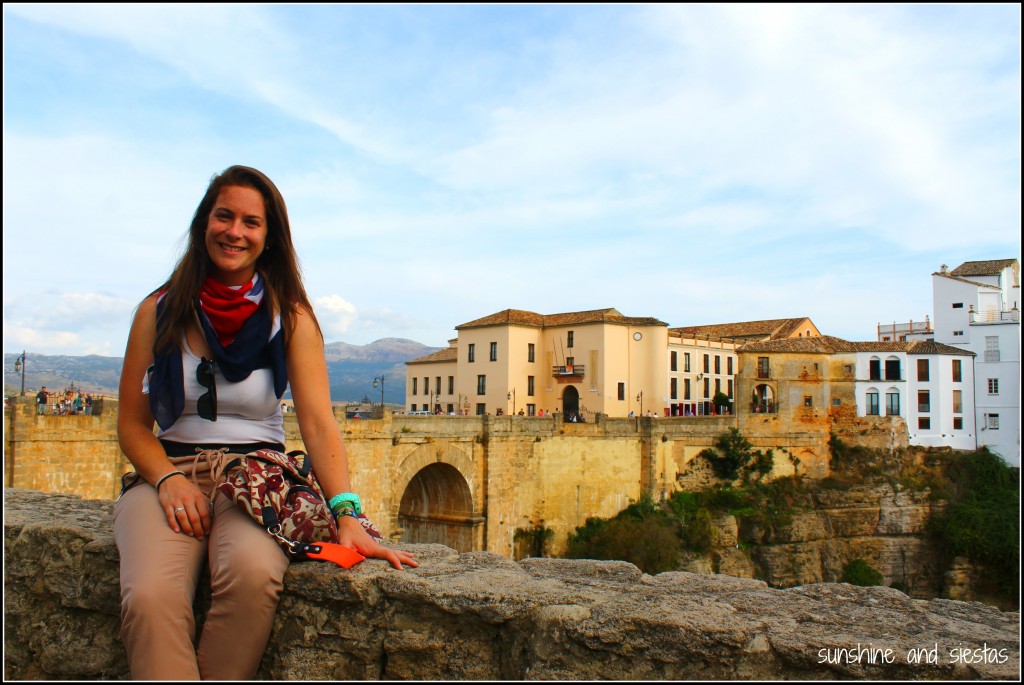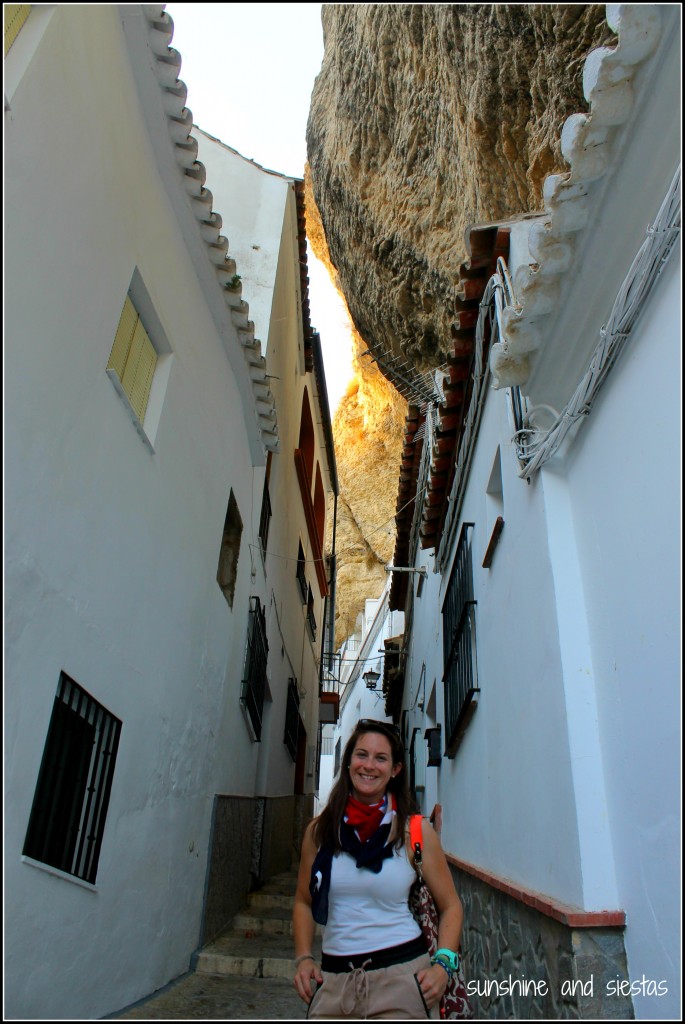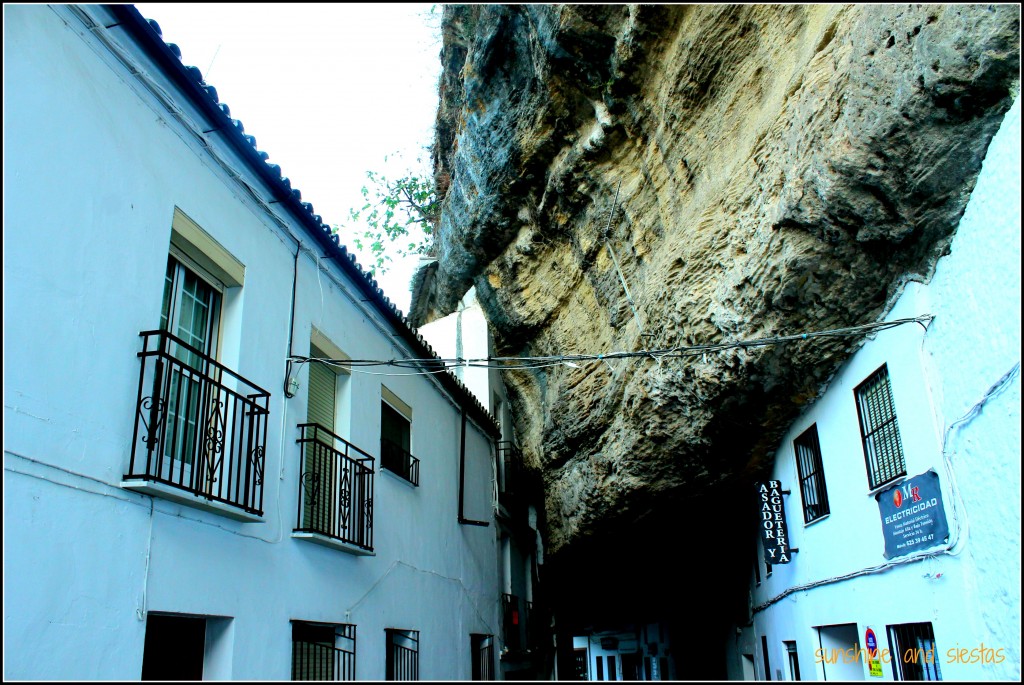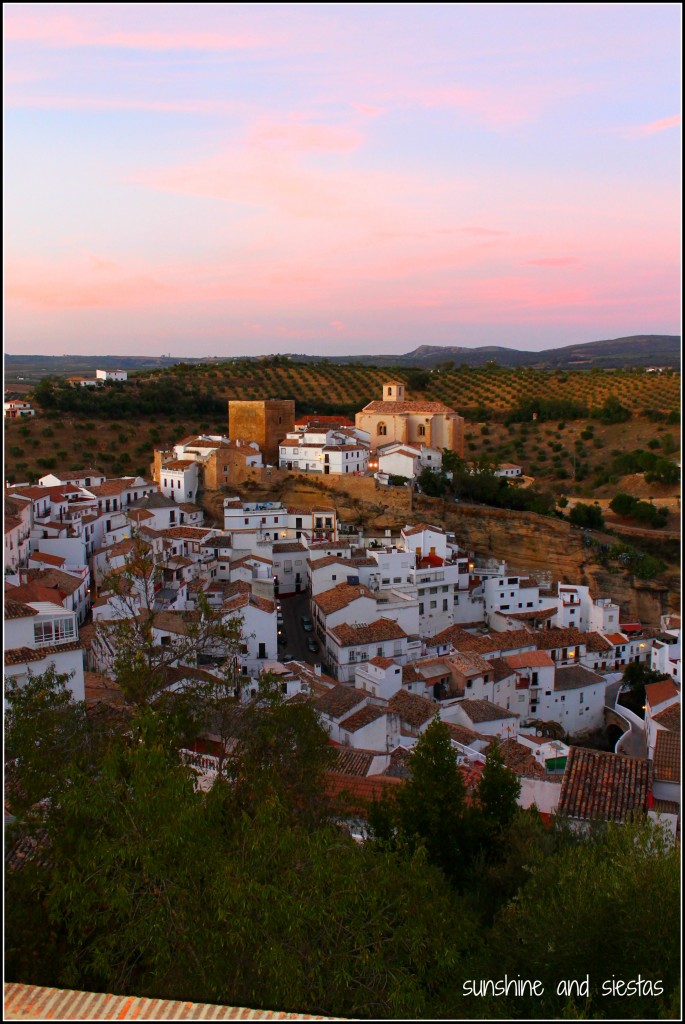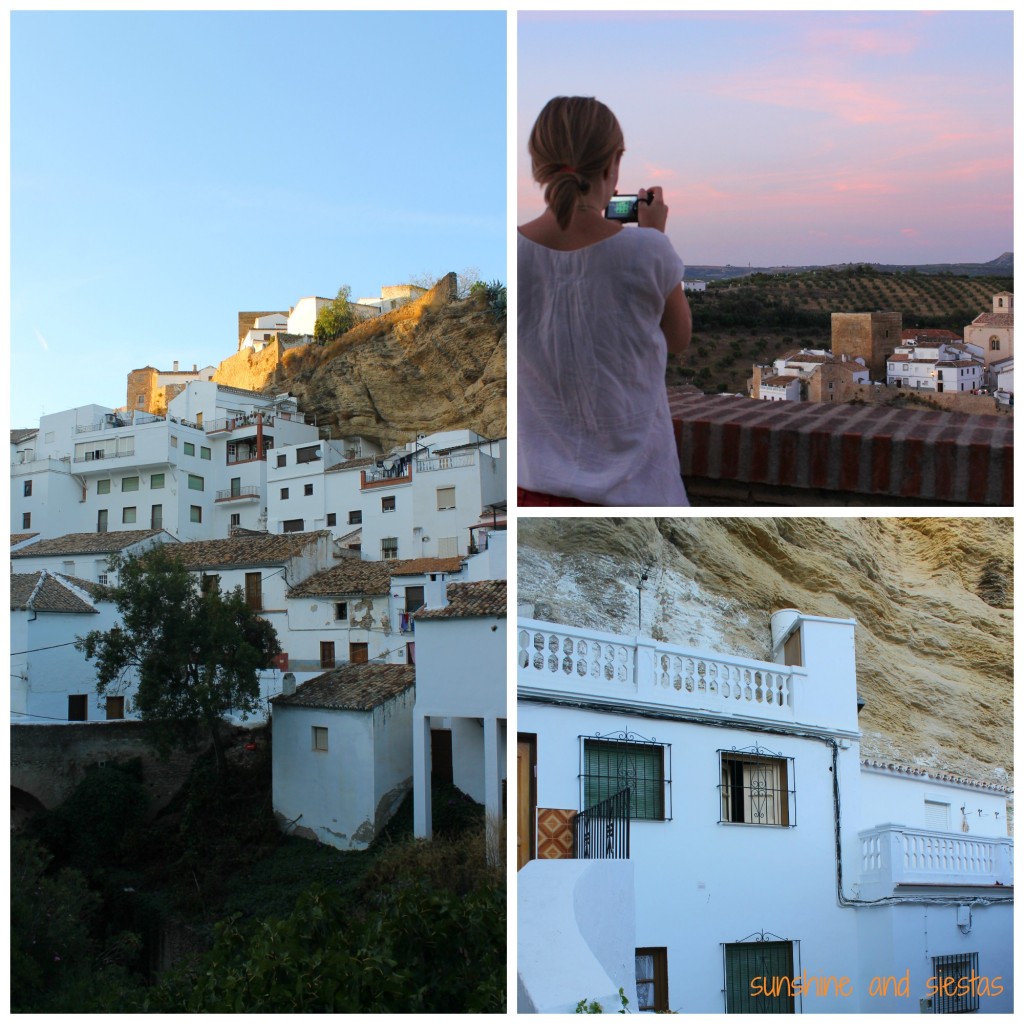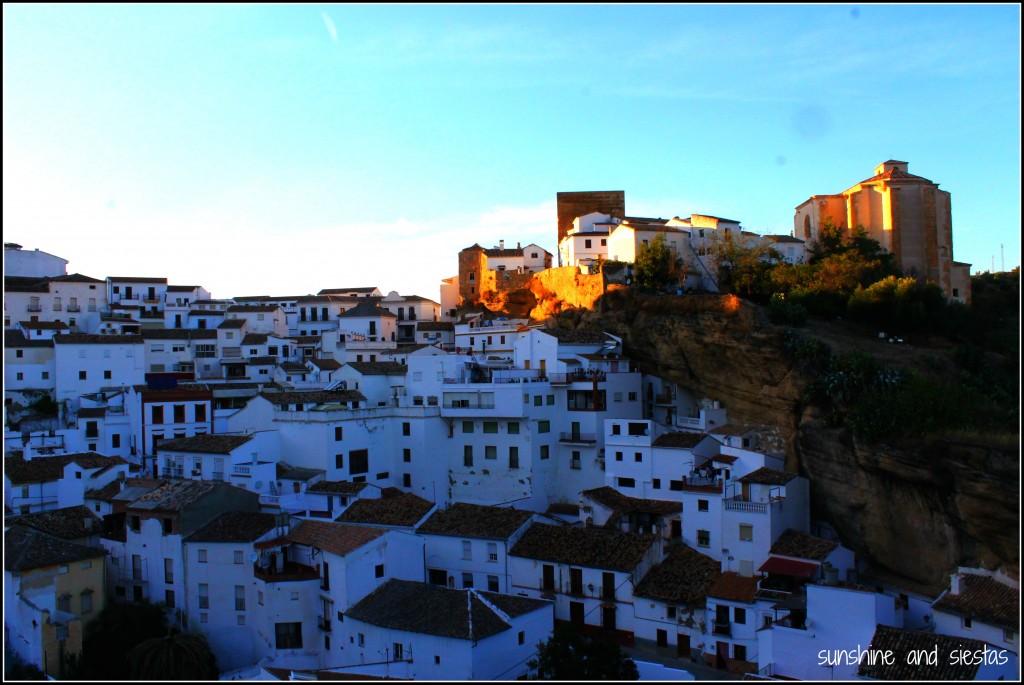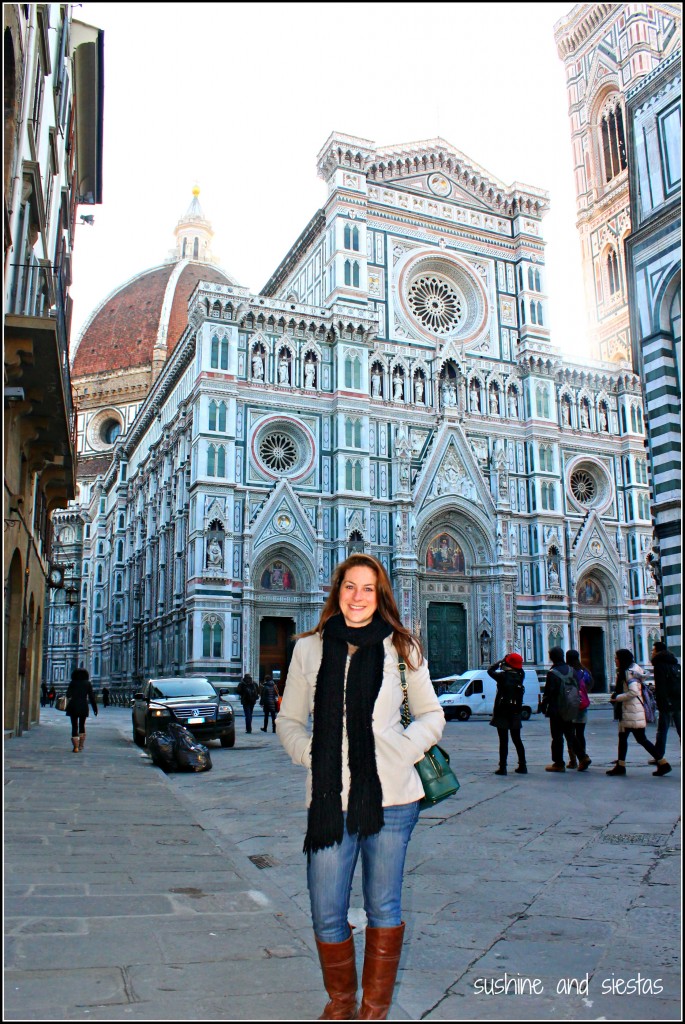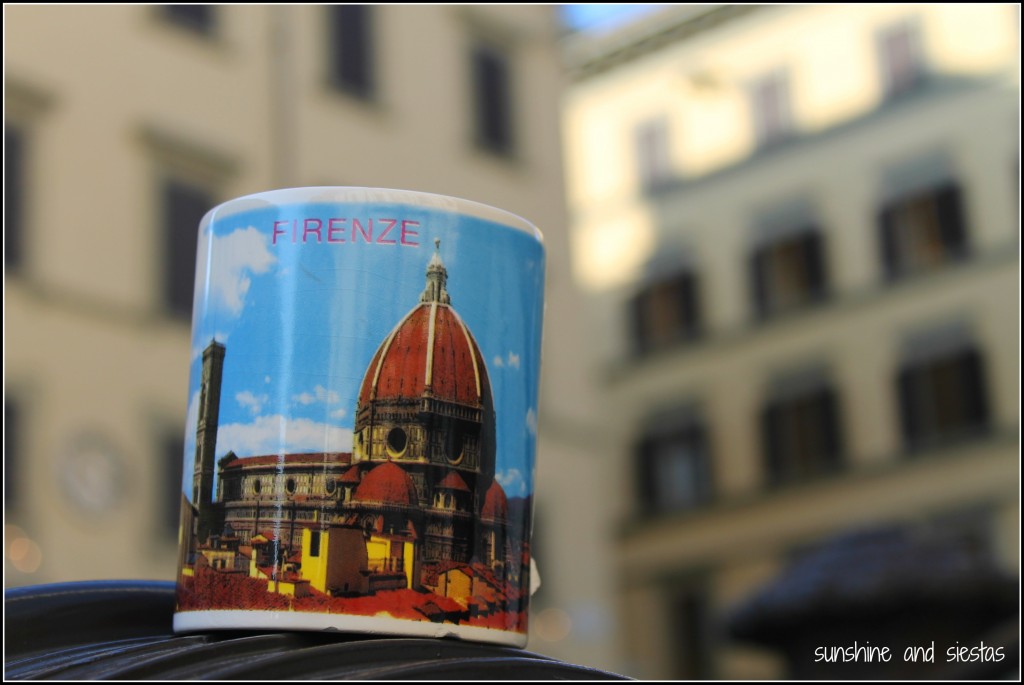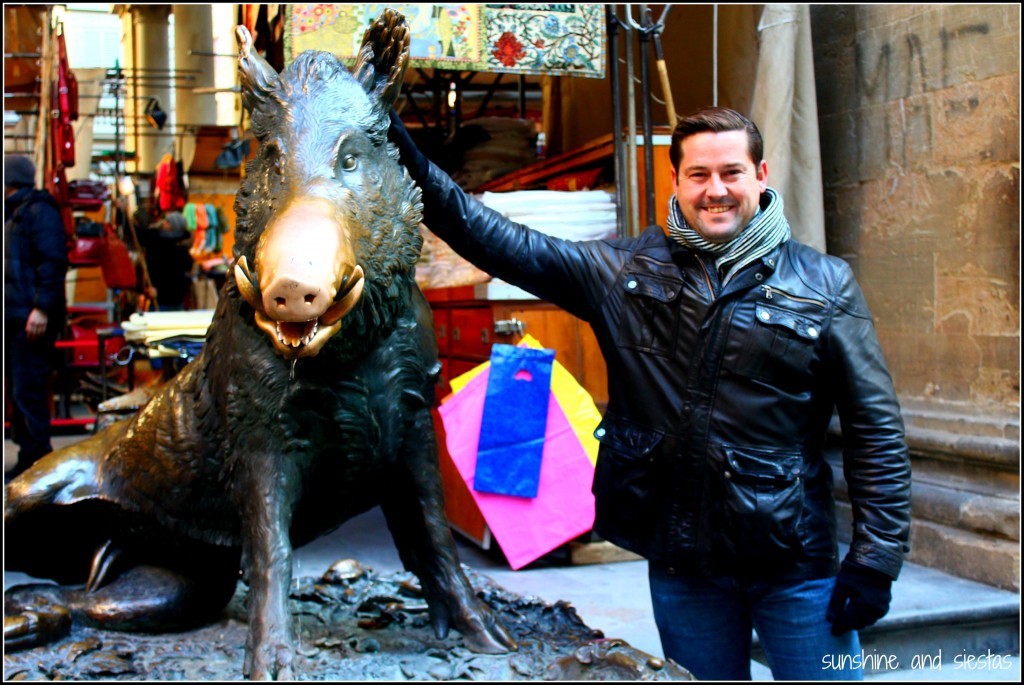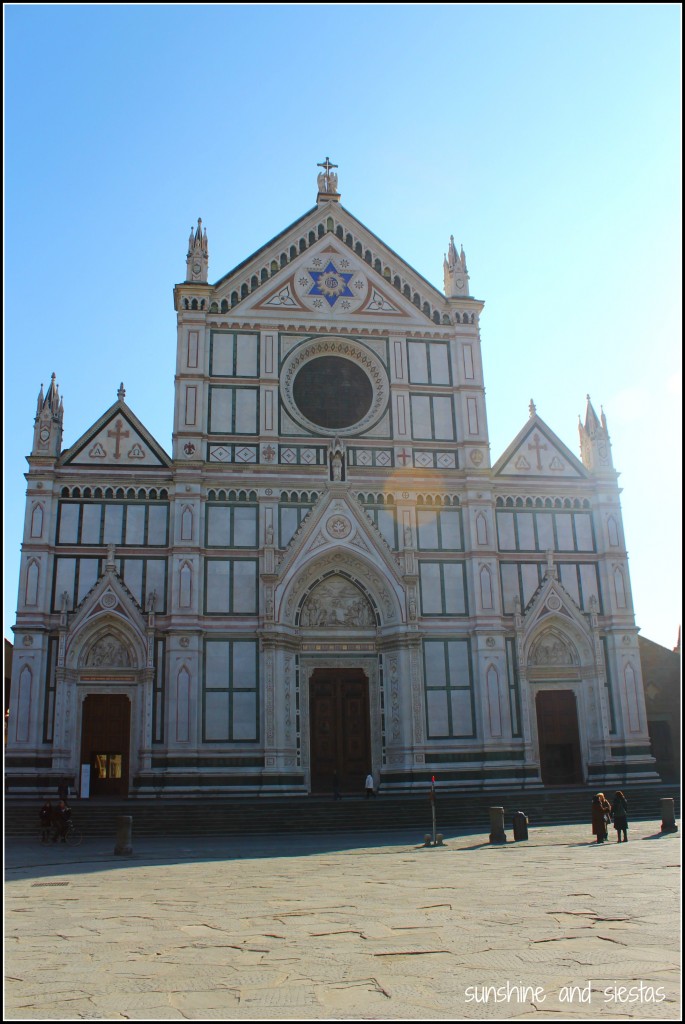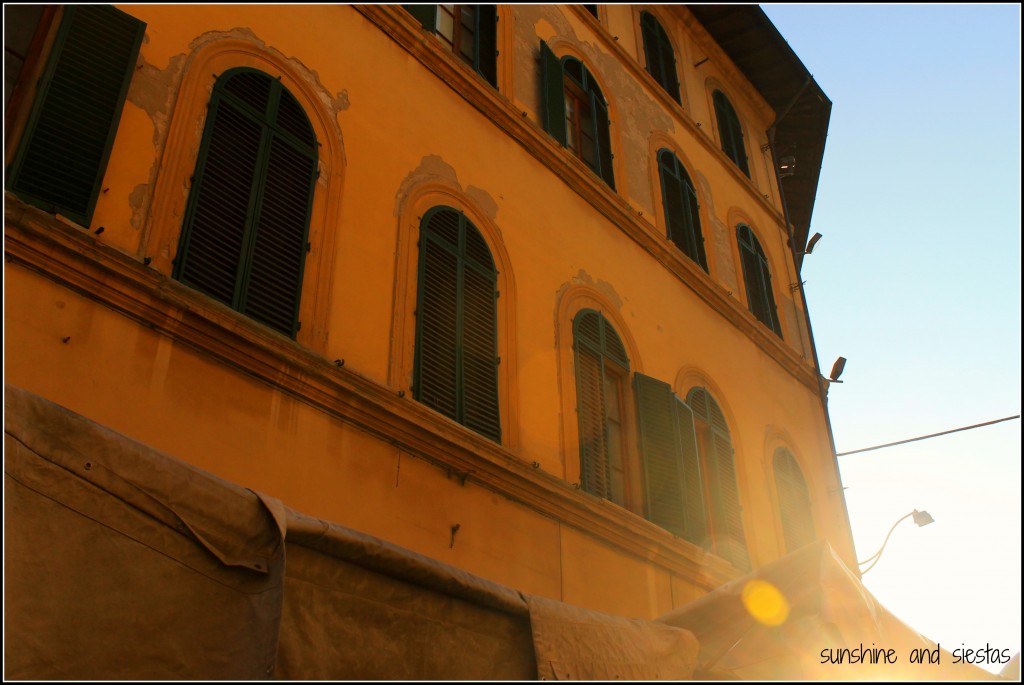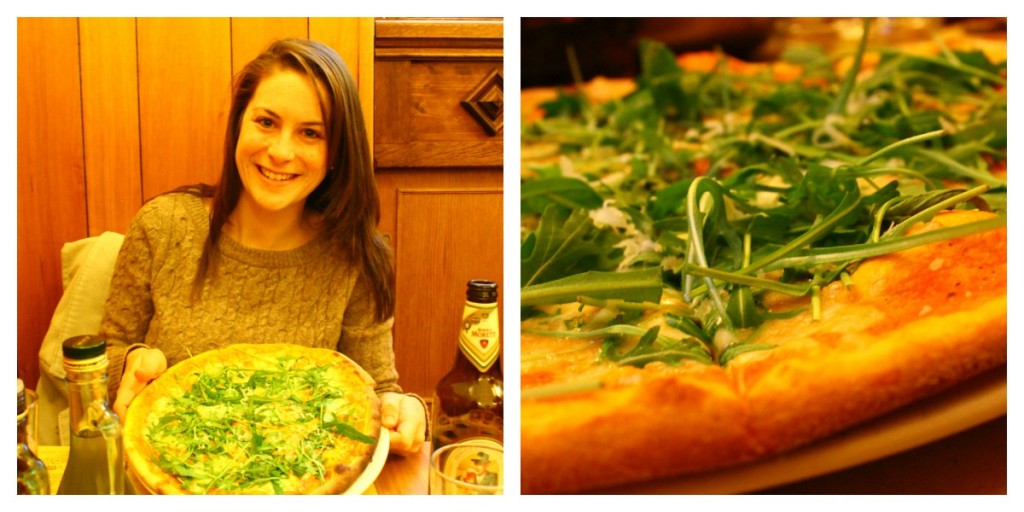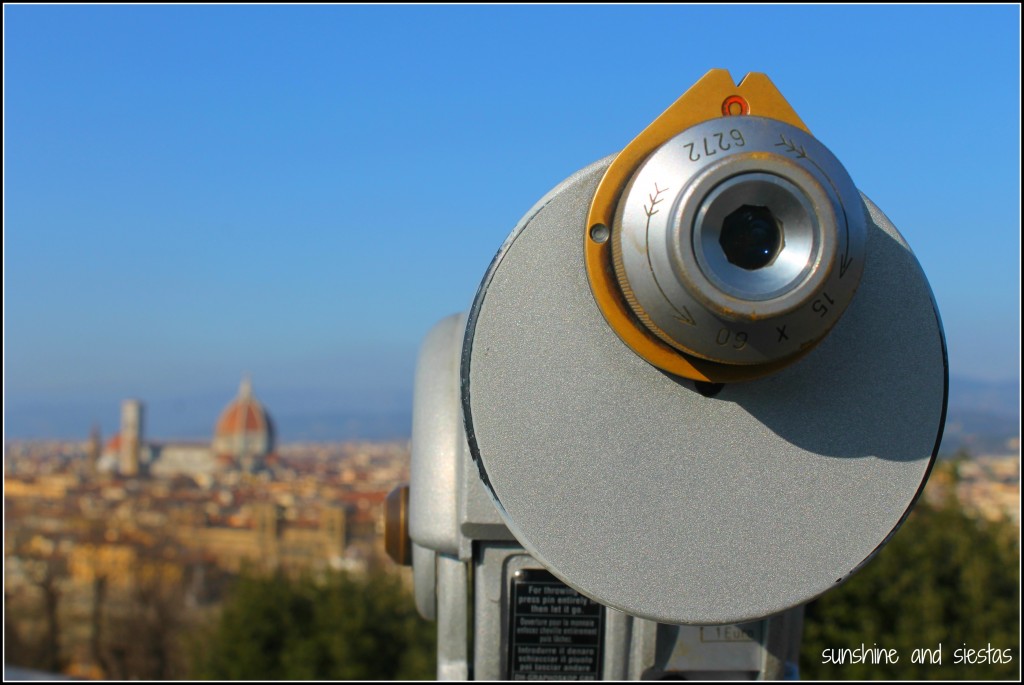Not one to make travel goals, I did make one when coming to Spain: visit all 17 autonomous communities at least once before going home. While Madrid, Barcelona and Seville are the stars of the tourist dollar show (and my hard-earned euros, let’s not kid around here), I am a champion for Spain’s little-known towns and regions. Having a global view of this country has come through living in Andalucía, working in Galicia and studying in Castilla y León, plus extensive travel throughout Spain.
 At the risk of breaking my engagement, Castilla-La Mancha only conjures up one thing to me: Don Quijote de la Mancha, the star-crossed lover and would-be knight who is synonymous with Spanish culture. While I can admire Don Alonso’s attempt to bring back chivalry in the early 17th Century, the very thought of him reminds me of high school Spanish class and having to make a video of our own quijote-like adventures (we attacked the rickety jungle gym in my back yard with a stick and made up a parody to a Backstreet Boys song, in case you were wondering).
At the risk of breaking my engagement, Castilla-La Mancha only conjures up one thing to me: Don Quijote de la Mancha, the star-crossed lover and would-be knight who is synonymous with Spanish culture. While I can admire Don Alonso’s attempt to bring back chivalry in the early 17th Century, the very thought of him reminds me of high school Spanish class and having to make a video of our own quijote-like adventures (we attacked the rickety jungle gym in my back yard with a stick and made up a parody to a Backstreet Boys song, in case you were wondering).
The expansive region east and southeast of Madrid has quite a few claims to fame besides Quijote and his sidekick Sancho Panza, and the ‘giants’ he fought at Consuegra. I’ve admittedly only been to Toledo for two days, and spent two weeks living in the Monasterio de Uclés, but my hunch is that the medieval architecture, the sunflower fields and the Manchego cheese (yep, it’s from La Mancha, bendito sea) would win me over.
Name: Castilla-La Mancha
Population: 2.1 million
Provinces: Five; Albacete, Ciudad Real, Cuenca, Guadalajara, Toledo.
When: September 2007, 8th of 17
About Castilla-La Mancha: “Shifting Borders Since 711” could be the unofficial tourism slogan of this area of Spain. Once part of the the Muslim caliphate in the early 8th century, Christian crusaders slowly fought back and the whole region was eventually unified under the Catholic Crown in that infamous year, 1492.
During those centuries, the region became known as Castilla la Nueva, a shout out to its cousin, the Kingdom of Castille. This area actually included Madrid, then a small farming village, and its capital was named as Toledo. Under the Catholic Kings, New Castille regained its Christian heritage, giving way for Cervantes to pen sweeping ideas in his famous novel.
In the late 18th century, José Moniño, Count of Floridablanca, redrew county lines, so to speak, creating several comarcas and making Albacete a region of Murcia. It was not until the creation of Autonomous Regions with the 1978 Constitution that Albacete returned home to Castilla-La Mancha, and is now its largest city.
Despite being one of the largest territorial regions, Castilla-La Mancha is sparsely populated (I lived in Uclés, population: 220, for two weeks. We were lucky to have a place to escape from camp food!). Just take the high-speed train between Madrid and Córdoba for proof.
Wine, olives and livestock thrive on the dry plains, and historically La Mancha has been known for agriculture more than industry.
Must-sees: Castilla-La Mancha is home to one of Spain’s former capitals and a heralded city, Toledo. This UNESCO World Heritage site is known for being the Ciudad de las Tres Culturas, or a haven for religious tolerance before Torquemada and the Inquisition rolled around.
In medieval times, Catholics, Jews and Muslims rubbed elbows in the Plaza del Zocodover, and the artistic and cultural legacy is still present. Famed Spanish painter El Greco made this city his home and his artwork remains preserved in his home and workshop near the Tajo Gorge, and the Alcázar’s historical significance is renowned. If you’re in Madrid, make the trip.
The old school windmills at Consuegra are under an hour’s drive from Toledo, and while they’re no longer used, they have whimsical names of knights.
The famous casa colgantes, or hanging houses, of Cuenca are widely known. Built on the gorge of the River Huécar, they’re the main attraction in a town full of noteworthy monuments, churches and museums. Its historic center is also a UNESCO site.
And wouldn’t you know? Manchego cheese is largely produced in this region of Spain, as is wine and sunflower oil. So eat, drink and be glad you found out about this region. And try Marzipan, a traditional Christmas sweet that is mass-produced in Toledo.
My take: If you’ve read any other posts on this blog, you’ll know I champion small-town Spain and count food and drink among my favorite things. Toledo is a quick train ride outside of Madrid and an absolute treasure, and you can reach Guadalajara and Cuidad Real in no time. There’s absolutely no reason why you should skip Castilla-La Mancha.
And if you want a Quijote fix without traveling too far, there’s always Alcalá de Henares.
Have you ever visited Castilla-La Mancha?
Want more Spain? Andalucía | Aragón | Asturias | Islas Baleares | Islas Canarias | Cantabria | Castilla y León
